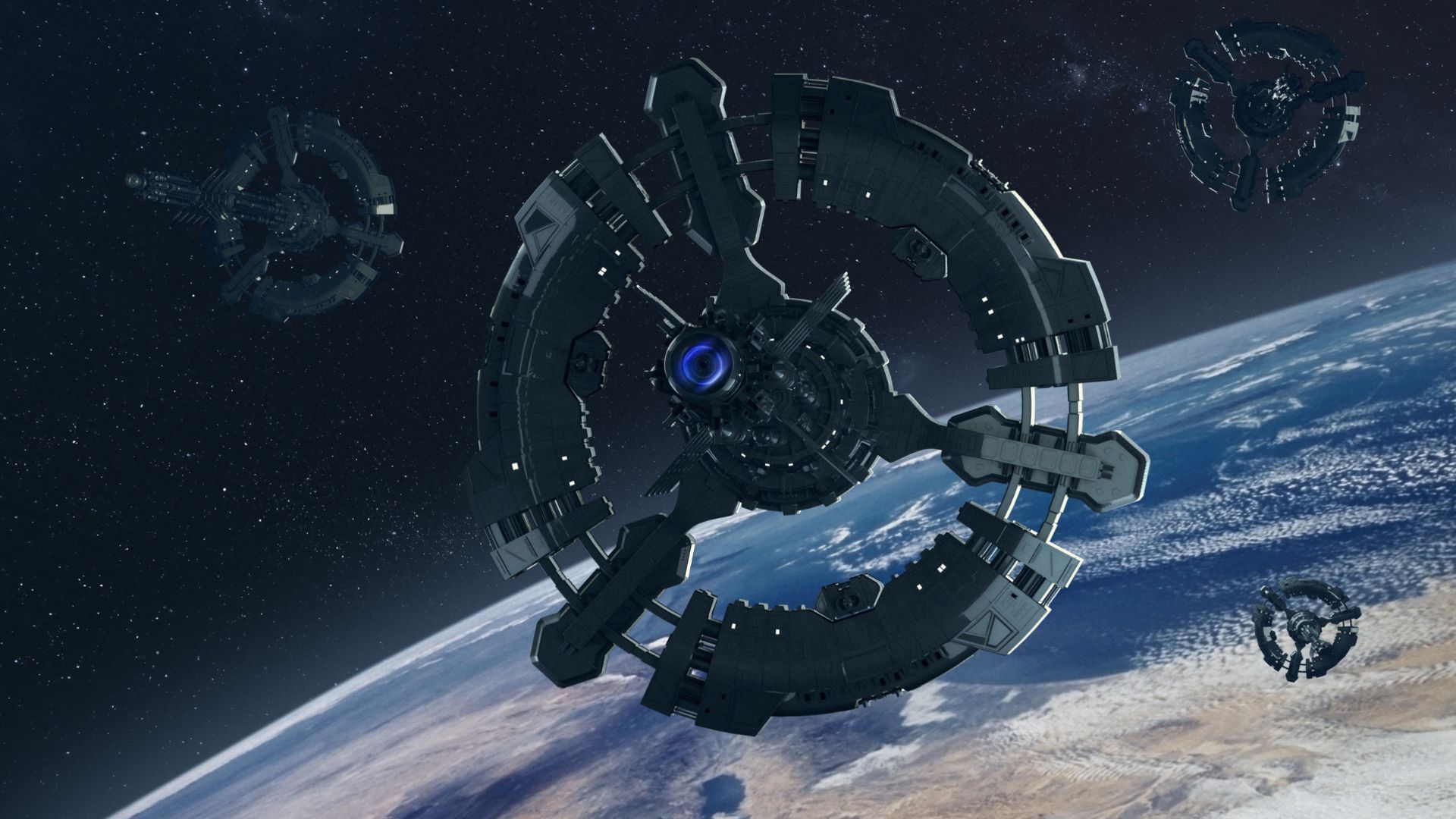Historical Milestones in Space Technology: From Sputnik to SpaceX

The journey of space exploration has been marked by remarkable milestones that have pushed the boundaries of human knowledge and capability. From the launch of Sputnik to the advancements brought by SpaceX, these historical developments have paved the way for modern innovations in space technology.

The era of space exploration began with the Soviet Union's launch of Sputnik 1 on October 4, 1957. This first artificial satellite orbited the Earth and sent back radio signals, proving that human-made objects could reach space. Sputnik's success not only marked the beginning of the space age but also sparked the space race, leading to rapid advancements in space technology.

In 1961, another significant milestone was achieved when Yuri Gagarin became the first human to journey into outer space aboard Vostok 1. His successful orbit of the Earth demonstrated the feasibility of human spaceflight and set the stage for more ambitious missions.
The United States made its historic mark with the Apollo 11 mission in 1969, when astronauts Neil Armstrong and Buzz Aldrin became the first humans to set foot on the Moon. This achievement was a testament to the progress in rocket technology, navigation, and life support systems, and it remains one of the most iconic moments in space exploration history.

In the decades following the Apollo missions, space exploration expanded with the development of space shuttles, space stations, and planetary probes. The International Space Station (ISS), launched in 1998, became a symbol of international cooperation and a hub for scientific research in microgravity, advancing our understanding of space and its potential.
In recent years, private companies like SpaceX have revolutionized space technology with innovations such as reusable rockets. SpaceX's Falcon 1, launched in 2008, was the first privately-developed liquid-fueled rocket to reach orbit. This achievement paved the way for the Falcon 9 and Falcon Heavy, which have dramatically reduced the cost of launching payloads into space and opened new possibilities for exploration, including missions to Mars.

These milestones highlight the continuous evolution of space technology, driven by human curiosity and the desire to explore beyond our planet. From the early days of Sputnik to the cutting-edge advancements of SpaceX, each step has brought us closer to understanding the cosmos and our place within it. As we look to the future, these foundational achievements provide the inspiration and technology needed to push the boundaries of exploration even further.


